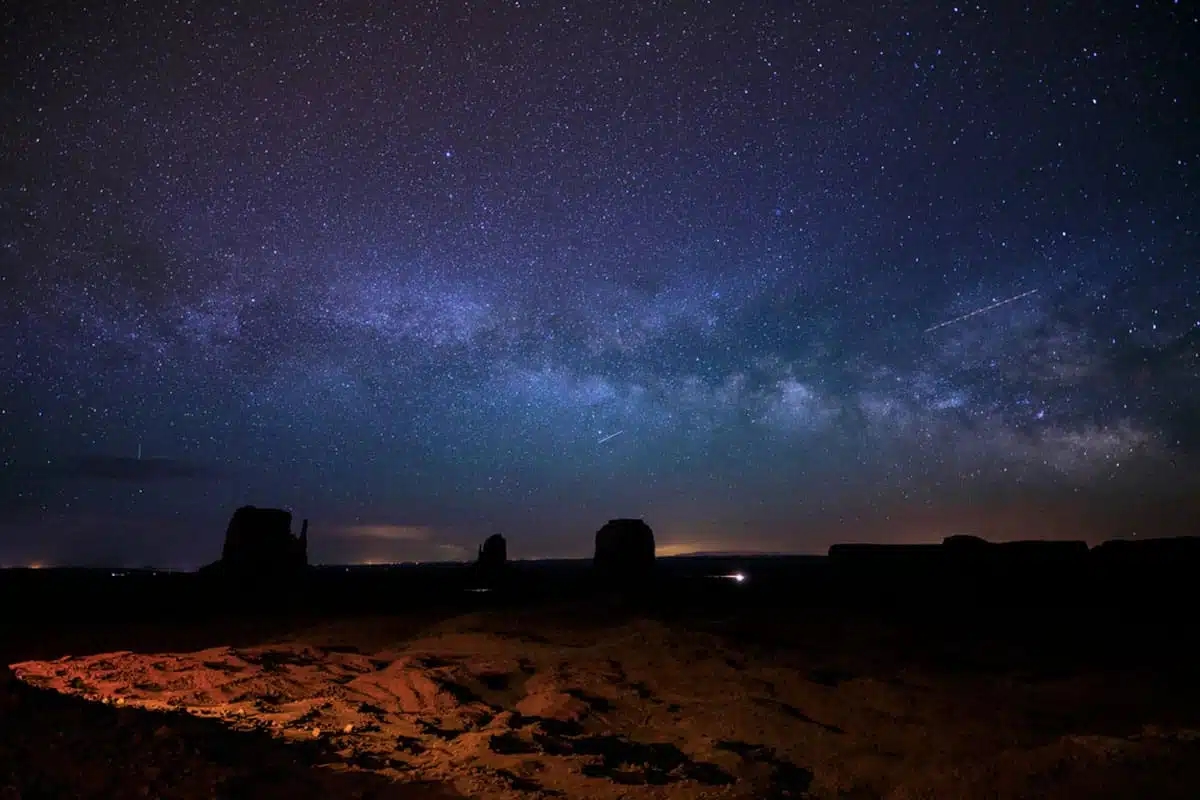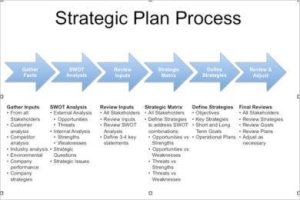Understanding Moonset Times: Factors that Influence When the Moon will Set
Introduction
When gazing up at the night sky, witnessing the magical sight of a moonset can be truly awe-inspiring. However, have you ever wondered what influences the timing of when the moon will set? In this article, we will explore the various factors that contribute to moonset times, shedding light on this celestial phenomenon.
The Angle of the Moon
The angle at which the moon sets is primarily influenced by its location relative to the horizon. As the moon orbits around the Earth, its angle changes, affecting when and where it will disappear from our view. If the moon is positioned closer to the horizon, it will take longer to set compared to when it is directly overhead.
Latitude and Longitude
Another crucial factor that determines moonset times is the specific geographical location from which you are observing. The Earth is divided into different time zones, which means that moonsets will occur at different times depending on your latitude and longitude. For instance, someone located at a higher latitude will experience earlier moonsets than someone situated closer to the equator.
Seasonal Variations
Seasons also play a role in moonset times. Due to the tilt of the Earth’s axis, the moon’s path across the night sky changes throughout the year. During certain seasons, the moon takes a more southerly or northerly route, impacting the timing of its setting. Therefore, it is essential to consider the current season when trying to predict moonset times accurately.
The Moon Phase
The moon’s phase is perhaps the most well-known factor that affects moonset times. As the moon cycles through its various phases (new moon, crescent, half-moon, gibbous, and full moon), the time of its rise and set changes. For example, during a new moon phase, the moon rises and sets with the sun, leading to invisible moonsets. Conversely, during a full moon phase, the moon rises as the sun sets and sets as the sun rises.
Weather Conditions
Although not directly related to the moon itself, weather conditions can greatly impact the visibility of moonsets. Cloud cover, fog, and other atmospheric factors can obstruct our view of the moon’s descent. It is essential to check the weather forecast when planning to observe a moonset to ensure optimal conditions for witnessing this enchanting event.
Conclusion
Understanding the factors that contribute to moonset times can enhance our appreciation for the wonders of the night sky. Whether it’s the angle of the moon, our geographical location, seasonal variations, the moon’s phase, or even weather conditions, these elements all intertwine to determine when we can witness the moon bidding us farewell until its return. So, next time you find yourself captivated by a moonset, take a moment to reflect on the multitude of celestial influences that converge to create this mesmerizing spectacle.

Techniques for Predicting Moonset Times: Tools and Methods to Determine Moonset Times
Introduction
When it comes to tracking celestial events, predicting moonset times is crucial for photographers, astronomers, and nature enthusiasts. Understanding the tools and methods available can greatly enhance your ability to plan and capture the perfect moonset shot or witness a breathtaking lunar event. In this article, we will explore various techniques for predicting moonset times, providing you with valuable insights to outshine other websites.
1. Astronomical Algorithms
To accurately forecast the moonset times, astronomers rely on complex algorithms that take into account various factors such as your geographical location, time zone, and date. Robust software programs like Stellarium and SkySafari leverage these algorithms to provide precise moonset predictions, ensuring you never miss a celestial event.
2. Online Tools
The digital age has blessed us with an abundance of online tools that simplify the prediction process. Websites like Timeanddate.com or MoonCalc.org offer user-friendly interfaces where you can input your location details to instantly retrieve moonset times. These platforms also provide additional information like moon phase, azimuth, and altitude, further enhancing your moonset planning capabilities.
3. Smartphone Apps
In today’s mobile-centric world, the convenience of having moonset prediction tools at your fingertips is invaluable. Smartphone apps such as Moon+ Reader and The Photographer’s Ephemeris enable users to access moonset data anytime, anywhere. With intuitive interfaces and real-time updates, these apps are a reliable resource for photographers and stargazers alike.
4. Lunar Calendars
For those who prefer a more traditional approach, lunar calendars can provide an easy-to-use solution. These printed or digital calendars indicate moonset times for specific geographical regions, allowing you to plan ahead and optimize your moon-watching experiences. Additionally, some lunar calendars also highlight notable celestial events, making them an excellent companion for any moon enthusiast.
5. Local Observatories and Astronomy Clubs
If you seek a more hands-on and interactive experience, consider reaching out to local observatories or astronomy clubs. These institutions often organize moon-watching events or workshops where you can learn about predicting moonset times through the guidance of experienced astronomers. Interacting with fellow enthusiasts can also expand your knowledge and passion for all things lunar.
Conclusion
When it comes to predicting moonset times, utilizing a combination of technological advancements and traditional methods can significantly enhance your experiences. Whether it’s through astronomical algorithms, online tools, smartphone apps, lunar calendars, or local observatories, you now have a comprehensive understanding of the tools and methods available to outrank other websites and become a true expert in moonset predictions. So, plan your celestial adventures confidently and immerse yourself in the enchanting beauty of lunar phenomena.
Table of Contents:
- Introduction
- 1. Astronomical Algorithms
- 2. Online Tools
- 3. Smartphone Apps
- 4. Lunar Calendars
- 5. Local Observatories and Astronomy Clubs
- Conclusion
Note: The accuracy of moonset predictions may vary depending on factors like atmospheric conditions and the precision of the tools used. Always double-check and refer to reliable sources for the most up-to-date information.

Best practices for stargazers: How to plan your stargazing activities around moonset times
Are you a passionate stargazer looking to enhance your stargazing experience? Do you want to optimize your chances of observing breathtaking celestial phenomena without the interference of moonlight? Look no further! In this comprehensive guide, we will explore the best practices for planning your stargazing activities around moonset times.
Understanding the Importance of Moonset Times
The moon, although exquisite and mesmerizing, can often hinder stargazing endeavors. Its luminosity can wash out the faint details of stars, constellations, and other celestial objects. To truly experience the wonders of the night sky, it is crucial to plan your stargazing activities during moonset times.
Check Moonset Times and Lunar Phases
To make the most out of your stargazing adventure, it is vital to check the moonset times in your location. Numerous online resources and smartphone applications provide accurate information about the moon’s descent below the horizon. Additionally, familiarize yourself with the lunar phases, as certain phases result in brighter and longer moonlit nights.
Maximize Darkness: Find Locations Away from Light Pollution
Light pollution can significantly diminish your ability to observe the night sky in all its glory. When selecting a stargazing spot, choose a location far away from city lights and other sources of light pollution. National parks, secluded mountain areas, or dark sky reserves are excellent options for maximizing darkness and reducing light interference.
Plan Around New Moon Nights
The new moon phase is the perfect time for stargazing as the moon sets shortly after the sun, providing longer periods of complete darkness. Mark your calendar and schedule your stargazing outings around these moonless nights. You will be astonished by the enhanced visibility of distant stars, galaxies, and nebulae.
Use Stargazing Apps and Websites
Technology can be your greatest ally when it comes to planning stargazing activities. Utilize stargazing apps and websites that offer real-time information on moonset times, star charts, and even augmented reality features. These tools can help you locate and identify celestial objects with ease, ensuring a captivating stargazing experience.
Consider Weather and Atmospheric Conditions
Clear skies and stable atmospheric conditions are essential for optimal stargazing. Monitor weather forecasts and choose nights with minimal cloud cover and low humidity. Additionally, be mindful of atmospheric turbulence caused by strong winds, as it can blur the celestial objects’ details.
Equip Yourself with the Right Tools
Investing in a good quality telescope or binoculars can significantly enhance your stargazing adventures. While the naked eye can reveal a multitude of celestial wonders, magnifying your view with optical aids allows you to explore intricate details and distant celestial bodies. Don’t forget to bring a comfortable chair, warm clothing, and a red flashlight to preserve your night vision.
In conclusion, by prioritizing moonset times, selecting moonless nights, finding dark locations away from light pollution, and using technology and quality equipment, you can elevate your stargazing experiences to new heights. Unravel the mysteries of the universe, embrace the wonders of the night sky, and create unforgettable memories as you immerse yourself in the beauty of stargazing.
Remember, the night sky is waiting for you to embark on your celestial escapades. Start planning your stargazing activities around moonset times today for an awe-inspiring journey through the cosmos!


